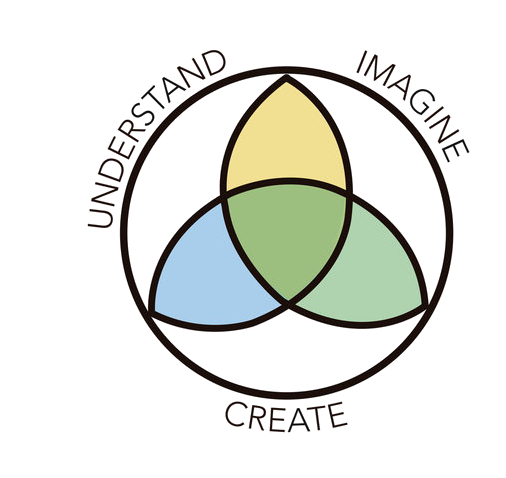Frameworks for Change
Shifting to Constructive Mindsets and Communication
Many people have been trained to “think critically” by asking: “What’s the problem? What or who caused it, and what can we do about it?” But framing community regeneration in problem talk creates expertise and focus on what communities don’t want and what doesn’t work. To shift from deficit to visionary language opens up possibilities and harnesses energy for community renewal.
Questions which help communities identify and name strengths, skills, hopes, values, assets and constructive ideas form a positive community image and identity which can inspire higher participation and attract investment.
To move in a new direction requires articulating what one does want and is willing to work for, describing concretely what it looks like, and noticing where the desired future is already present.
Check out the Appreciative Inquiry Commons for many examples and case studies of constructive change processes!
How do you welcome dissonance & resistance?
Your Turn!
What changes are most important to you personally or to your organization now? Place a few hopes you’re working toward in the “☺️” column.
What do those changes look like concretely? Add that description to the far right “✓” column.
Describe the current conditions you want to change and place that in the first “we are here” column.
As you think about moving toward the change for which you hope, what resistances do you encounter in yourself or others? Reframe any “but’s” into constructive questions that lead in the direction of what you want.
Notice where the changes you want are already happening, even in very small ways. Place those in the “🌱” column. Identifying these green shoots helps build confidence that needed change is possible.

